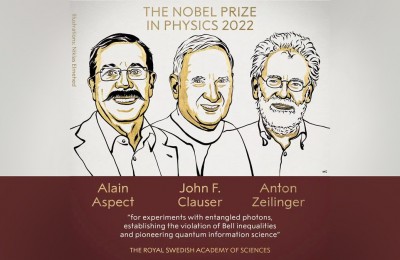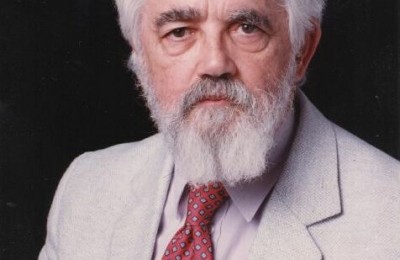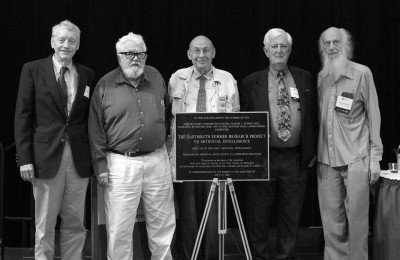Parallel single-shot measurement and coherent control of solid-state spins below the diffraction lim
——SOComputing Published 2020-11-02 23:49:24
Parallel single-shot measurement and coherent control of solid-state spins below the diffraction limit
Addressing the many and the individual
The ability to coherently manipulate the quantum state of atomic defects in solid-state systems is a promising route to developing a platform for quantum technologies. A successful platform requires the interaction of many qubits in close proximity, as well as the ability to address each qubit individually, and, to date, such requirements have run counter to each other. Chen et al. devised an optical frequency-domain method with which they were able to simultaneously address many individual rare-earth ion defects (six at this point) with separations all within the diffraction limit of the control light. Because the approach is scalable to tens or hundreds of defects, it provides the prospect of realizing truly large-scale quantum processors.
Abstract
Solid-state spin defects are a promising platform for quantum science and technology. The realization of larger-scale quantum systems with solid-state defects will require high-fidelity control over multiple defects with nanoscale separations, with strong spin-spin interactions for multi-qubit logic operations and the creation of entangled states. We demonstrate an optical frequency-domain multiplexing technique, allowing high-fidelity initialization and single-shot spin measurement of six rare-earth (Er3+) ions, within the subwavelength volume of a single, silicon photonic crystal cavity. We also demonstrate subwavelength control over coherent spin rotations by using an optical AC Stark shift. Our approach may be scaled to large numbers of ions with arbitrarily small separation and is a step toward realizing strongly interacting atomic defect ensembles with applications to quantum information processing and fundamental studies of many-body dynamics.
https://science.sciencemag.org/content/370/6516/592.full
Songtao Chen*, Mouktik Raha*, Christopher M. Phenicie, Salim Ourari, Jeff D. Thompson†
Department of Electrical Engineering, Princeton University, Princeton, NJ 08544, USA
Corresponding author. Email: jdthompson@princeton.edu
These authors contributed equally to this work.
Science 30 Oct 2020:
Vol. 370, Issue 6516, pp. 592-595
DOI: 10.1126/science.abc7821




